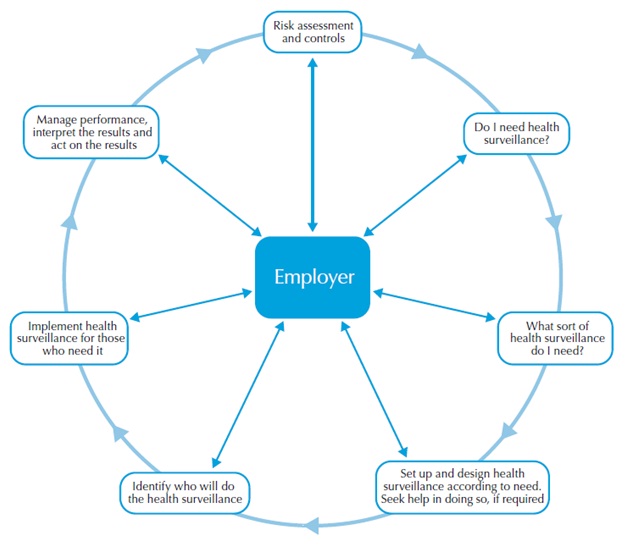- Some seafarers require particular consideration: new and young seafarers, those for whom the working language of the ship is not their first language, or those new to the ship who may not be familiar with Company or ship safety procedures may be at particular risk. Extra thought will be needed for some hazards.
- Stevedores, contractors and surveyors may not be in the workplace all the time.
- Members of the public could be hurt by your activities.
- If you share your workplace, you will need to think about how your work affects others present, as well as how their work affects your staff – talk to them.
- Ask your crew if they can think of anyone you may have missed.
- In each case, identify how they might be harmed, i.e. what type of injury or ill health might occur. For example, crew on roll-on/roll-off ferry car decks may be at risk from excess fumes.
Step 3: evaluate the risks and decide on precautions
Having spotted the hazards, you then have to decide what to do about them. The law requires you to do everything ‘reasonably practicable to protect people from harm. You can work this out for yourself, but the easiest way is to compare what you are doing with good practice.
First, look at what you’re already doing; think about what controls you have in place and how the work is organised. Then compare this with the good practice and see if there’s more you should be doing to bring yourself up to standard. In asking yourself this, consider:


Leave a Comment